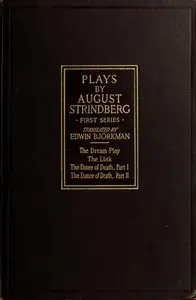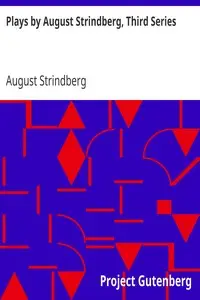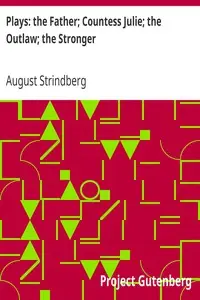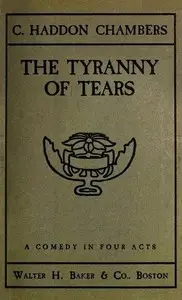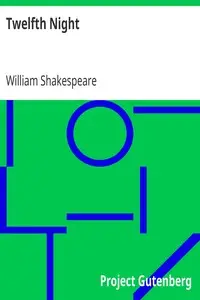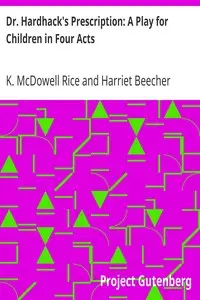"Plays by August Strindberg, Second Series" by August Strindberg, presents dramatic stories from the late 1800s. The plays explore tough topics like right and wrong, how people connect, and the problems in society, featuring characters like Maurice, a writer, and Jeanne, his girlfriend. Situated in Paris, the characters confront the difficulties of love, dreams, and moral problems. Initially, in "There Are Crimes and Crimes," Maurice and Jeanne in a graveyard which exposes the strong feelings in their relationship and the possible success or letdown of Maurice's new play. Their daughter, Marion, is important to the story's emotions, showing what it means to be a parent and the feelings of guilt that bother Maurice. The first scenes prepare the audience for a deeper look at how easily happiness can break, the stress of what others expect, and the sometimes unfair views of society, which come up as the story unfolds. As the characters deal with what is going to happen to them, they get caught up in events linked to difficult themes and moral questions.

Plays by August Strindberg, Second series
By August Strindberg
In a Parisian backdrop laced with moral ambiguities and interpersonal tension, a playwright and his mistress face life-altering decisions that blur the lines between ambition, love, and societal acceptance.
Summary
About the AuthorJohan August Strindberg was a Swedish playwright, novelist, poet, essayist, and painter. A prolific writer who often drew directly on his personal experience, Strindberg wrote more than 60 plays and more than 30 works of fiction, autobiography, history, cultural analysis, and politics during his career, which spanned four decades. A bold experimenter and iconoclast throughout his life, he explored a wide range of dramatic methods and purposes, from naturalistic tragedy, monodrama, and historical plays to his anticipations of expressionist and surrealist dramatic techniques. From his earliest work, Strindberg developed innovative forms of dramatic action, language, and visual composition. He is considered the "father" of modern Swedish literature and his The Red Room (1879) has frequently been described as the first modern Swedish novel. In Sweden, Strindberg is known as an essayist, painter, poet, and especially novelist and playwright, but in other countries he is known mostly as a playwright.
Johan August Strindberg was a Swedish playwright, novelist, poet, essayist, and painter. A prolific writer who often drew directly on his personal experience, Strindberg wrote more than 60 plays and more than 30 works of fiction, autobiography, history, cultural analysis, and politics during his career, which spanned four decades. A bold experimenter and iconoclast throughout his life, he explored a wide range of dramatic methods and purposes, from naturalistic tragedy, monodrama, and historical plays to his anticipations of expressionist and surrealist dramatic techniques. From his earliest work, Strindberg developed innovative forms of dramatic action, language, and visual composition. He is considered the "father" of modern Swedish literature and his The Red Room (1879) has frequently been described as the first modern Swedish novel. In Sweden, Strindberg is known as an essayist, painter, poet, and especially novelist and playwright, but in other countries he is known mostly as a playwright.



